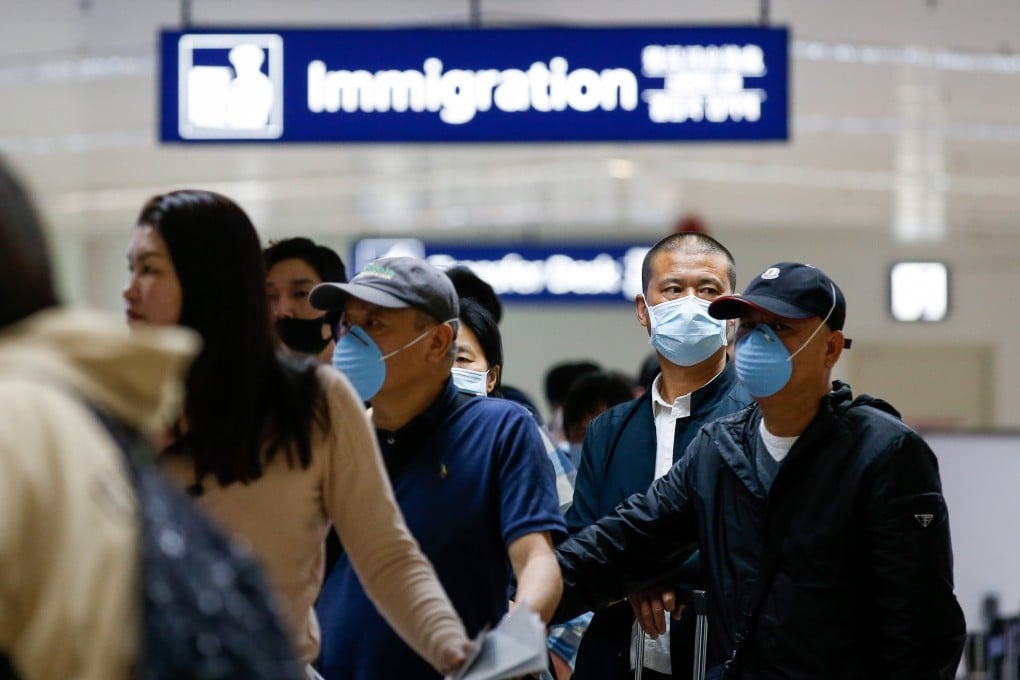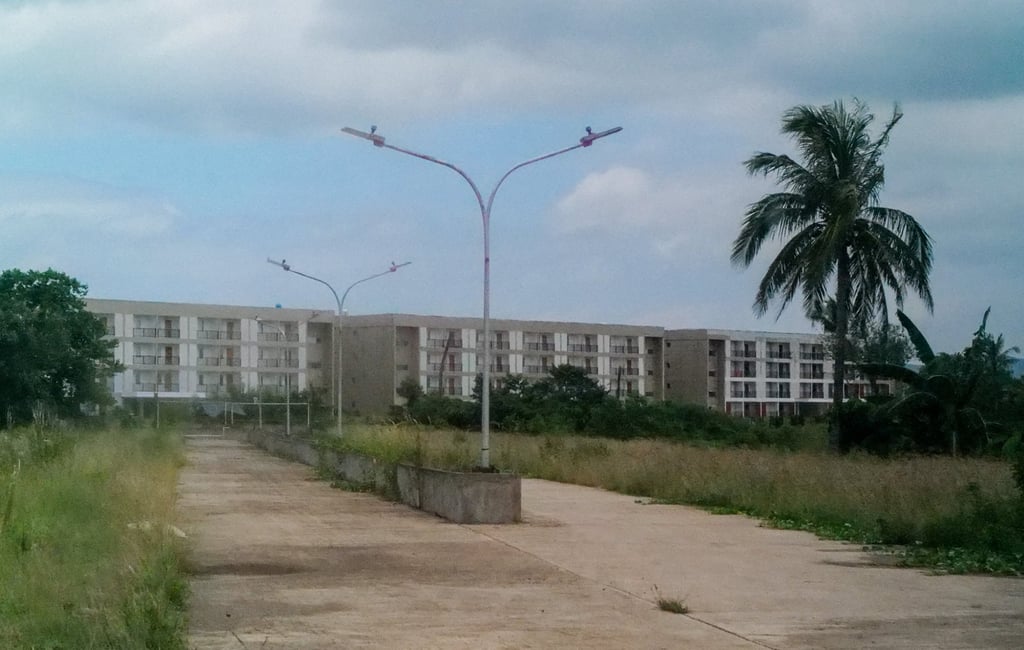Philippines’ Chinese visa clampdown: a response to South China Sea tensions?
- Analysts say the tighter rules could also be a security measure aimed at quelling concerns about illegal activities of Chinese nationals

Representatives of the country’s tourism industry, however, worry that the rules will have a negative impact on the economy since Chinese tourists are “a major source of income”.
Citing a June 13 directive, Department of Foreign Affairs Undersecretary for Civilian Security and Consular Affairs Jesus Domingo said Chinese nationals applying for temporary visitor visas must now submit their Chinese Social Insurance Record Certificates, in addition to proof of financial capacity with employment certificates and bank statements.

The certificate must have been registered for at least six months at the time of the visa application. The directive provides exceptions for Chinese nationals currently enrolled in primary, secondary, or college education, who must submit proof of enrolment, and retirees above 55 years old. It says other exceptions will be considered on a case-by-case basis.